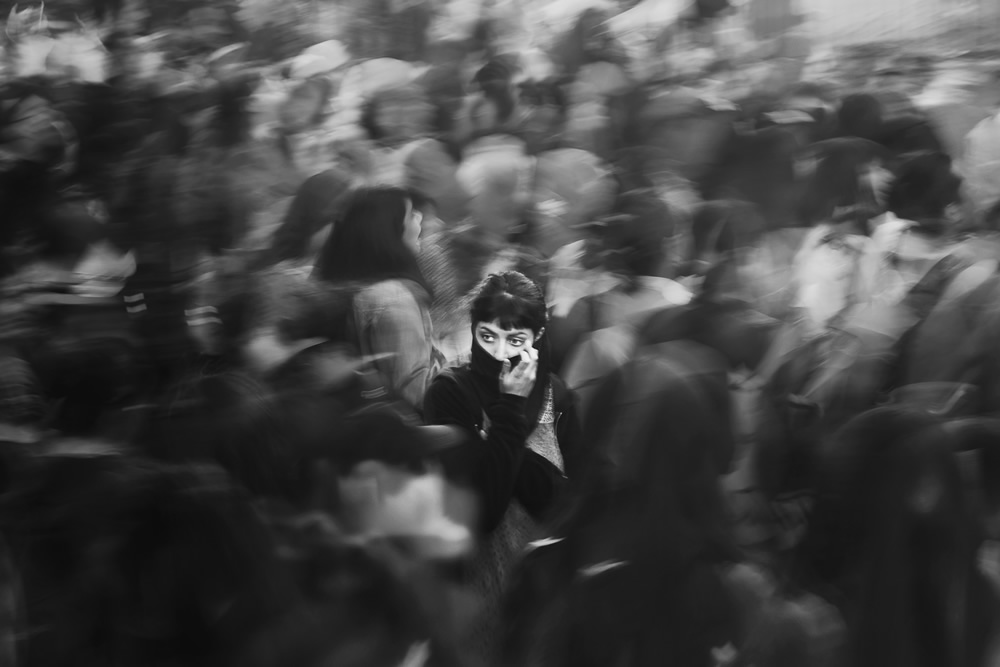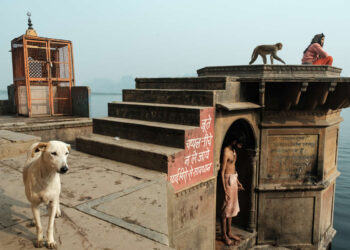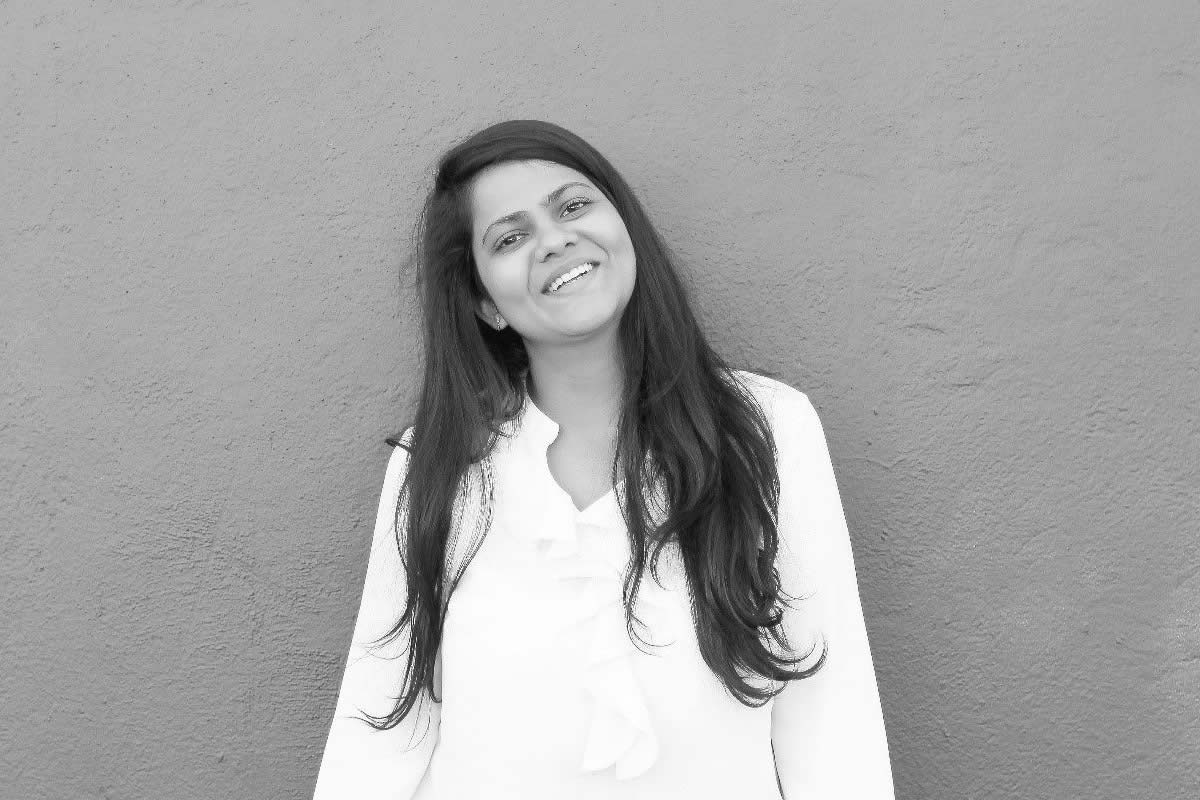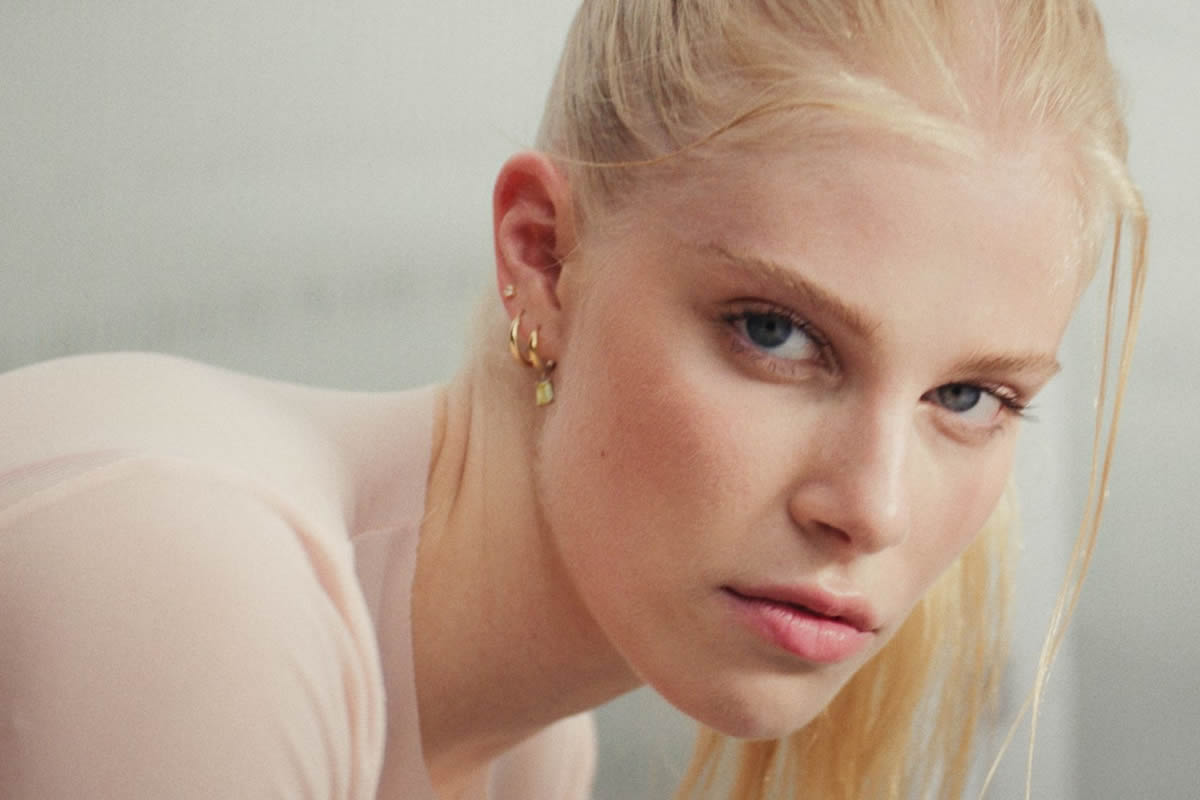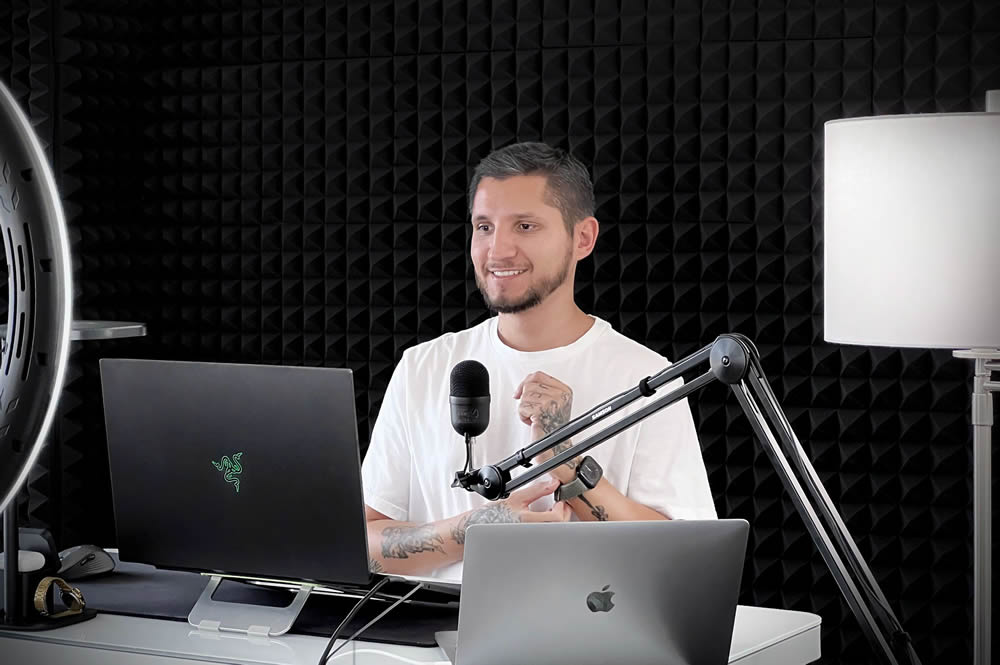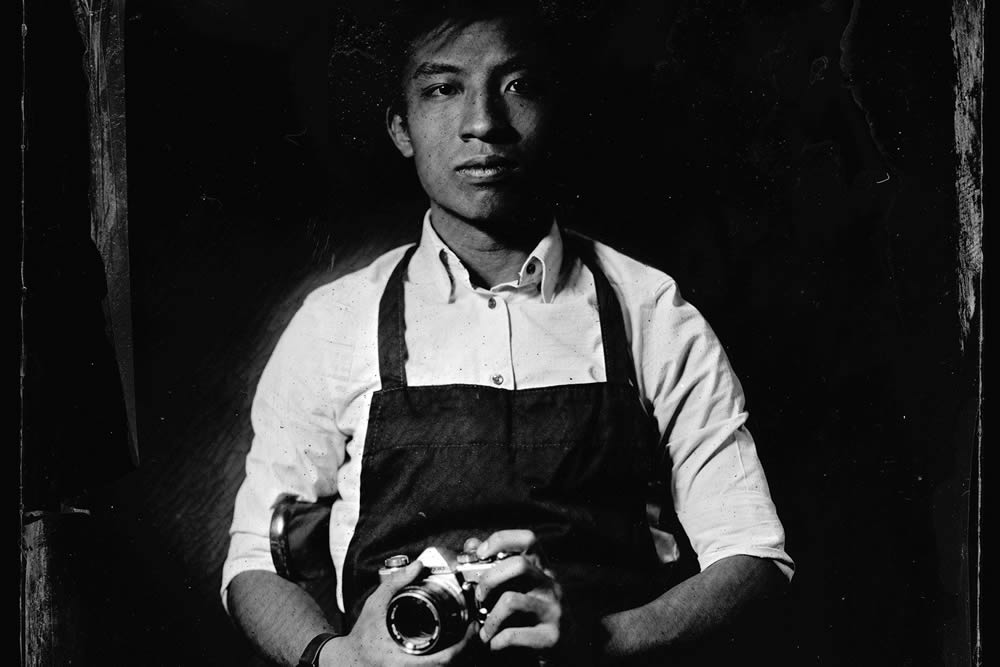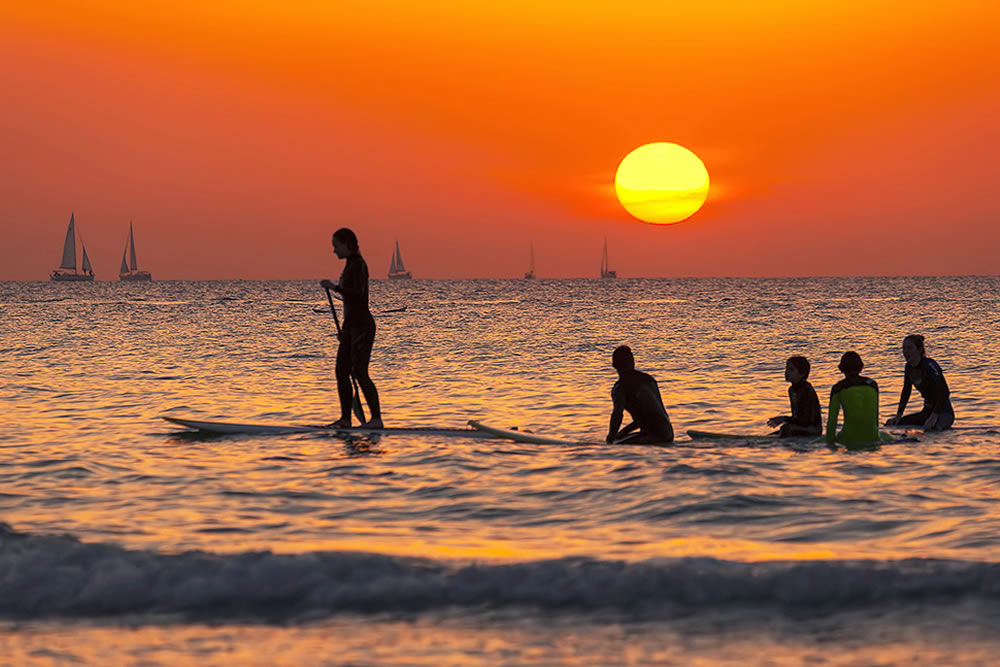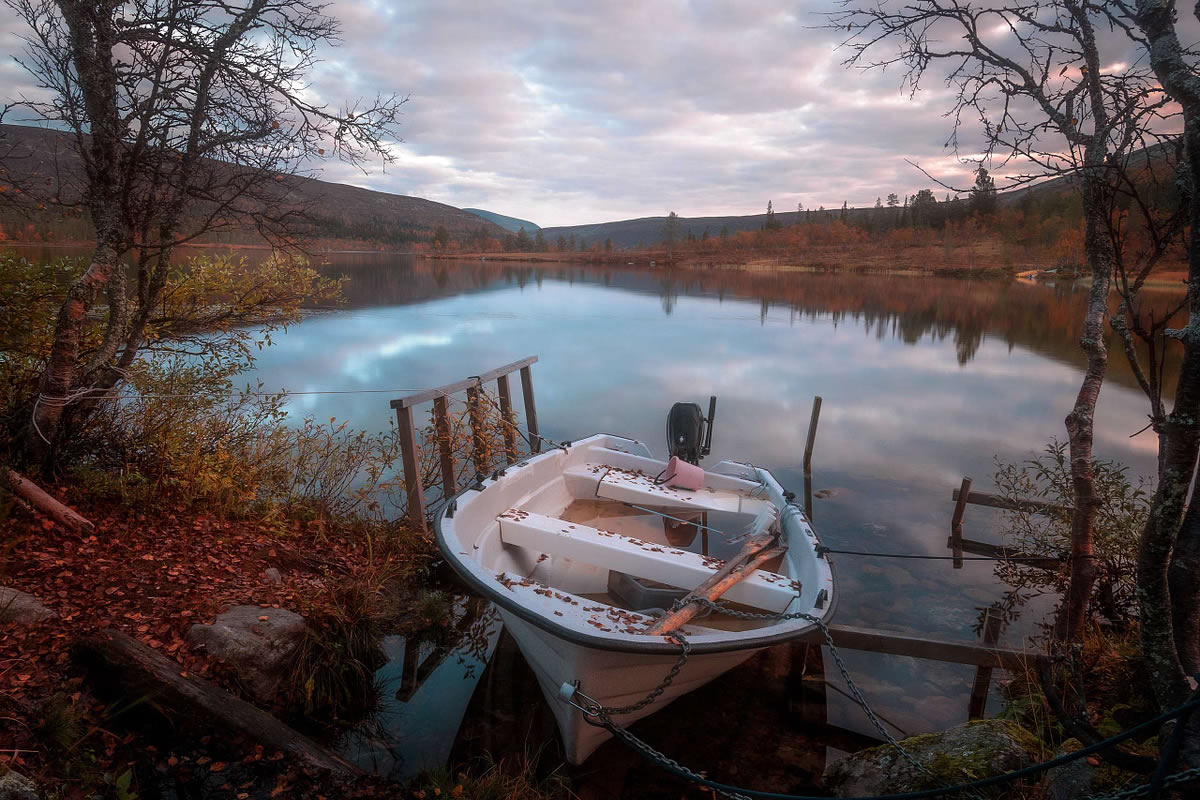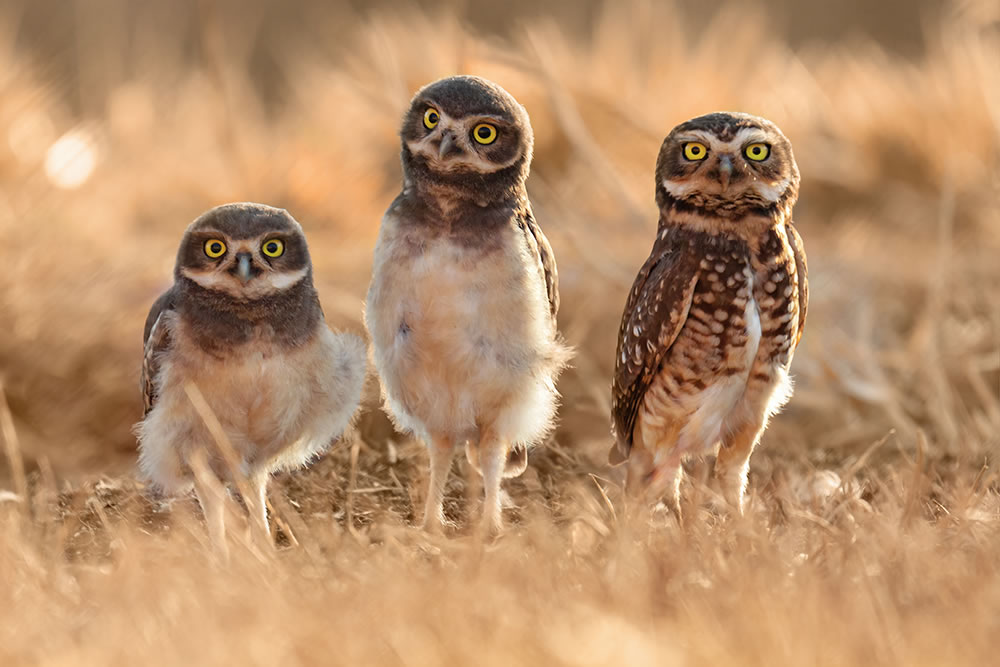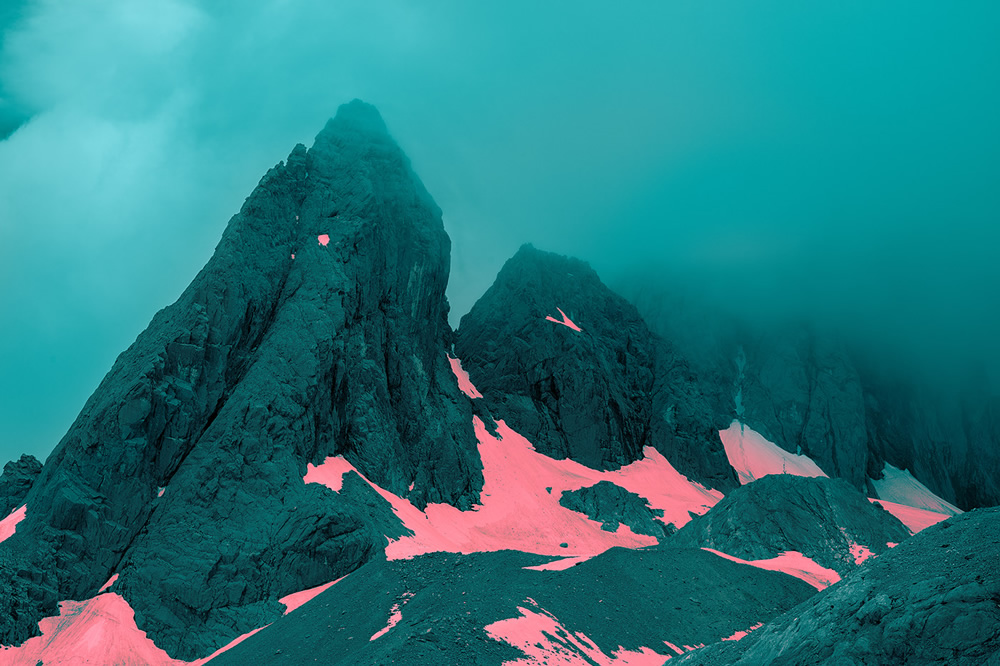Eduardo Asenjo Matus was born in Valdivia, Chile on October 5, 1990, a former student of Architecture and Graphic Design, he discovered the world of photography in 2013 when his father gave him the first camera a Fujifilm x10.
In 2015 Eduardo sent his first email to B&W Minimalism Magazine in which they published 3 of his photos, this was the beginning in this “new world” after that he was selected for several exhibitions and magazines around the world as in Spain, Ecuador, India, Germany, Poland, USA, Peru, Brazil, Portugal, Argentina, France, Austria, Thailand, Iran, Russia, China, Greece, Taiwan, Netherlands, even to be the cover of Pakistan’s first E-mag.
In 2019 he became part of the Fujifilm Chile family as an ambassador for the brand and he is currently working on his first photography book with his best-known series “The sound of silence” where Eduardo reflects his problem of hearing in photography.
Thanks Raj Sarkar for this beautiful conversation with Eduardo Asenjo Matus. Please read on.

Tell me something about you which nobody knows?
In my images I love to show groups of people walking but personally I dislike it when there are many people together and not being able to walk quietly, that is why I avoid going to very crowded places.
Please share your childhood dream and funny incidents if any.
My first childhood dream was to be a super saiyajin like Gohan of Dragon Ball Z over time I realized that it was impossible if I preferred to be a famous artist like Leonardo da Vinci (when you are Little kid you think everything is more possible than when you are an adult (Little kid but with big dreams).
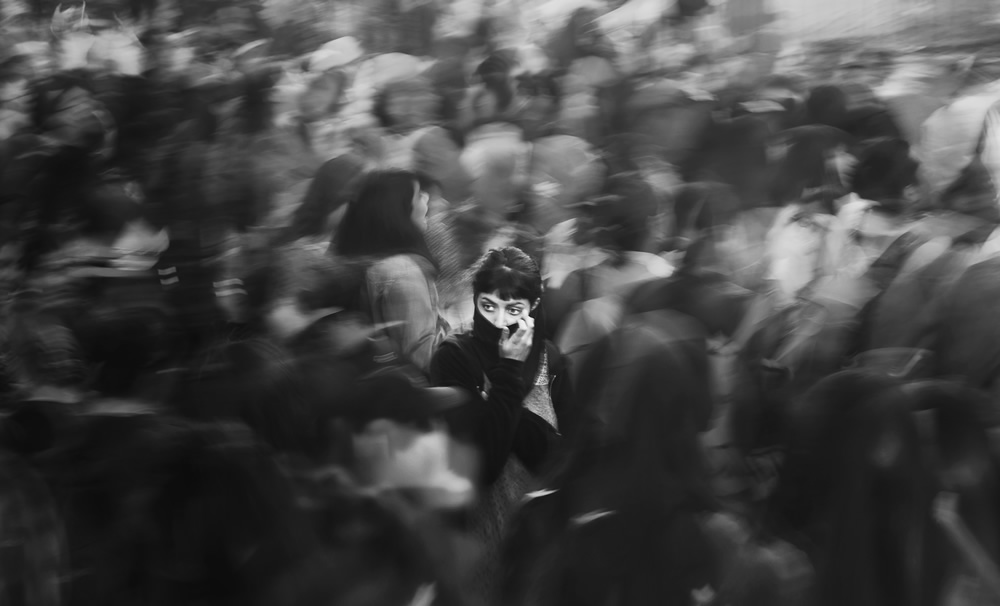
What is your view about photography?
For me, photography is a way of expressing feelings where everyone shows their world, I always say that my images more than photographs are paintings since I was a child I loved to paint but for the time and space I put aside this passion and dedicated myself to enter to the photography world, now it is impossible to leave my house without my camera, I feel that a part of me is missing when I have no battery left.
Which genre of photography do you like/practice and why?
When I started in photography I liked to take pictures of birds, freeze their wings in the air, I found it beautiful but in time I stopped getting my attention and I started to like a completely different world that is street photography, I found a space where I could show my way of seeing the streets, the movement in the images, the black and white, the blur and the imperfection of the image.

Almost 90% of photographers find it hard to earn money out of photography. Any tips that might help photographers to earn money?
It is very difficult to be able to live from photography, in my case I did not enter this world searching for money, it was always a passion, the best “payment” is to meet new people in different countries with the same passion, see your work exposed and published in Different parts of the world. In my country there are two ways of seeing photography, one is the “commercial photography” and the other is the “artistic photography”, for me the only way to earn money with this is to move to the side of commercial photography, but this It does not fill me, I dislike to comply with all the rules, supersaturated colors and do something you do not like just for money. It loses all the sense to me.
Which photography agency you like and why?
Currently, I am not very interested in any photo agency, I usually look for authors on social networks that call my attention and then I look for information from them on Google where I can see their reference photographers, in this way I find new authors and inspiration for my new projects.
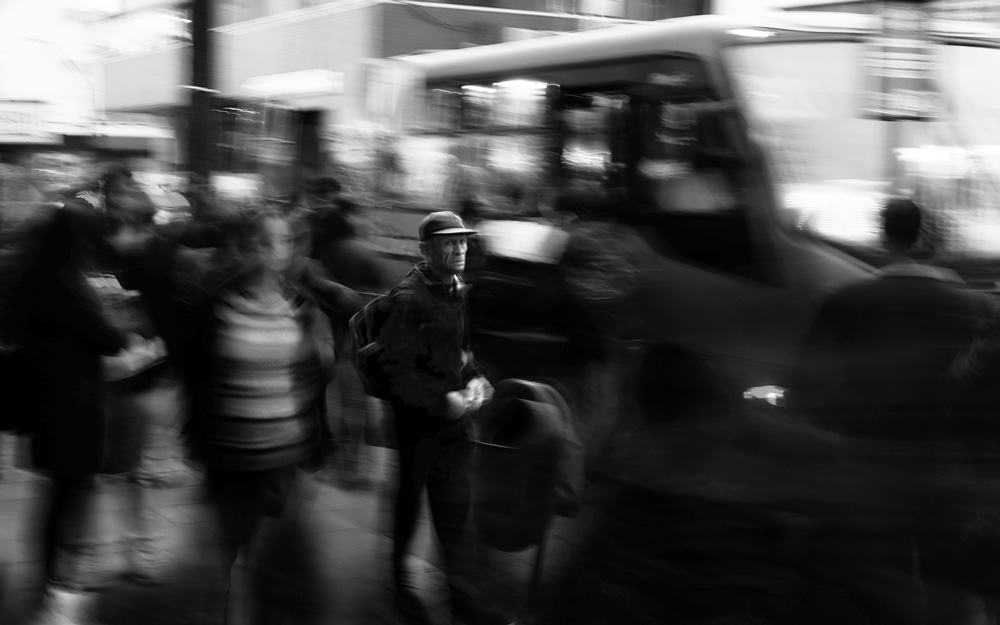
Does a good camera play a major role in photography?
It depends on the type of photography, if it is commercial photography it is an important role to have a good camera, usually, they need giant prints and perfect quality, for artistic photography, I think that an excellent camera is not necessary since nowadays all mid-range cameras are incredible. In my case I am in love with my camera, a compact Fujifilm X100F, it is perfect for my photography style since it has a retro design that makes it very discreet in the street (people think it is an analog camera) also incorporates an ND filter that I activate with an Fn button on the top which is great for long exposures during the day, it is a camera with which you want to take pictures all day and not miss any second.
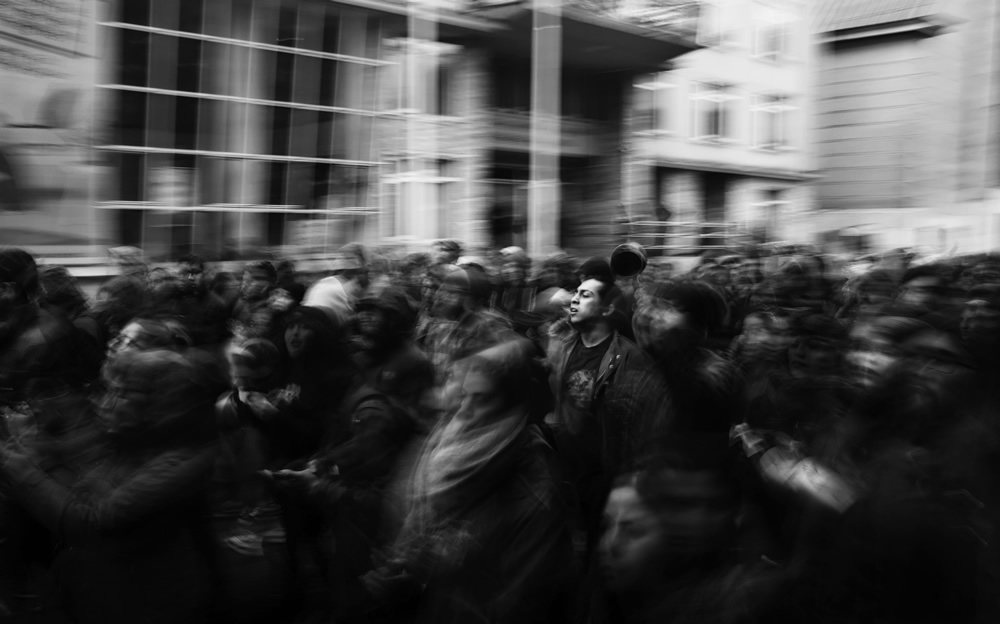
Share three names of the photographers who have inspired you a lot?
I admire many photographers but the one that really inspires me is Alexey Titarenko, I love his style of photography especially the fact of capturing those moments with analogue and “editing” photos in the old way, with brushes and different types of development.
Does social media like Facebook, Instagram, Google, and some sites like 500px, NatGeo yourshot helps to get the attention of the viewers in a larger aspect?
In the beginning, I liked to use Flickr to show my work but over time I entered Instagram and it became my favorite social media, thanks to this medium I achieved 90% of my international exhibitions and publications, the only problem of this medium is the addiction that In general, there was a time when I was very interested only in the followers and likes but a couple of months ago I realized that the quantity does not matter, you have to look the quality of the likes, the people who are behind those likes. I also use Facebook but it doesn’t get my attention, maybe to organize events.
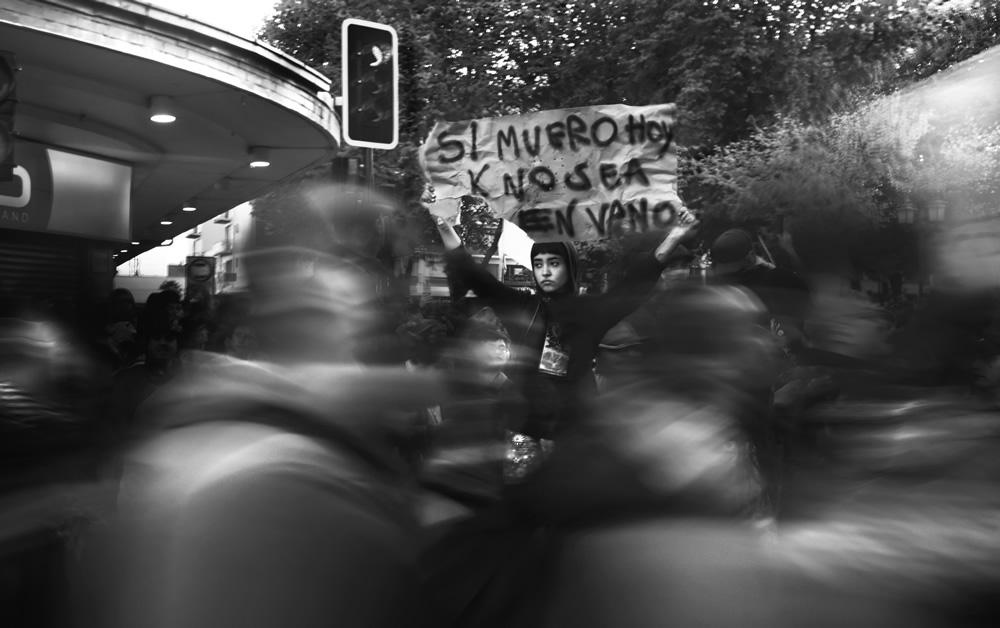
Do you think that a quality workshop can change the mindset or point of view of any photographer and why? Should we attend a quality workshop frequently?
To be honest I only participated in two workshops when I was younger when I was not very interested in photography and of course if a workshop can completely change your view of photography especially when you do not know much about this world. I recommend this to people who are starting.
What is the difference between a good photographer and a bad photographer?
A bad photographer will always say that he is the best photographer but a real good photographer proves it. I always see photographers with the latest model who does not even know how to use their camera but according to them, they are better than the rest for having the best and last camera. To be a good photographer, you must first be a good person.
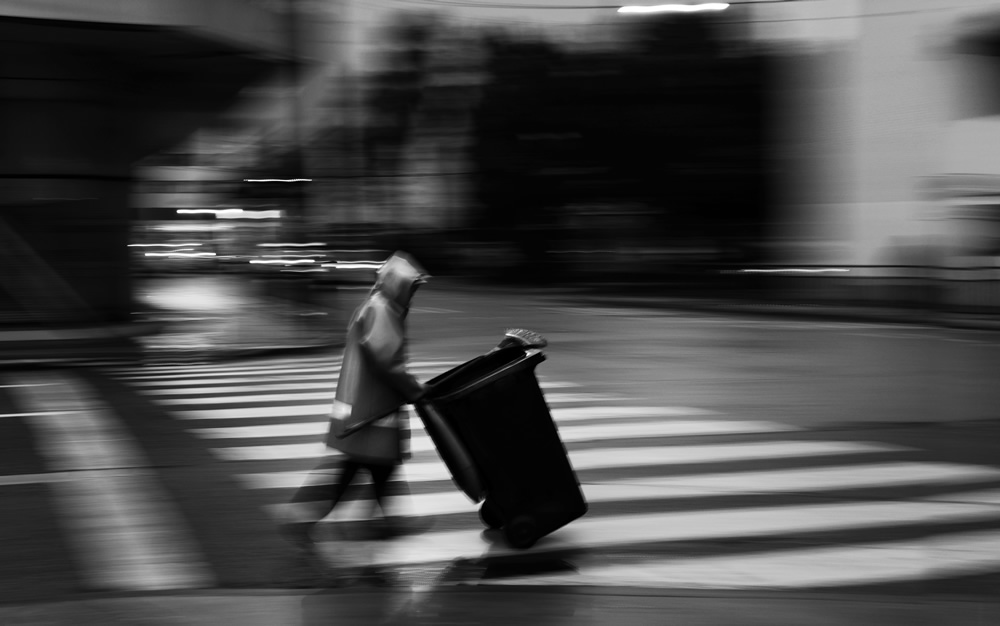
What should our moto towards photography- Self-satisfaction or viewers’ attention/satisfaction?
It is a difficult question. In this case, I think the same as social networks. First, there will always be self-satisfaction, without this you cannot create good projects if you look closely at people who only seek the attention of the spectators they are never satisfied or enjoy their work.
What is meant by your comfort zone in photography? How it ruins the carrier?
Over time you learn to lose the fear of many things in photography such as approaching people, this allows you to completely different photos, you mix with people, when I started I was very afraid to approach groups of people and used a 35mm that cut the image a lot and did not give me the angle I wanted, I currently use a 23mm that is my favorite for street, I talk with the people on the street and it’s all more fun. I think that if you do not dare to leave your comfort zone you will always be thinking “how would it be if I dare to…” The worst thing that could happen is that the people ask you to delete the photo.
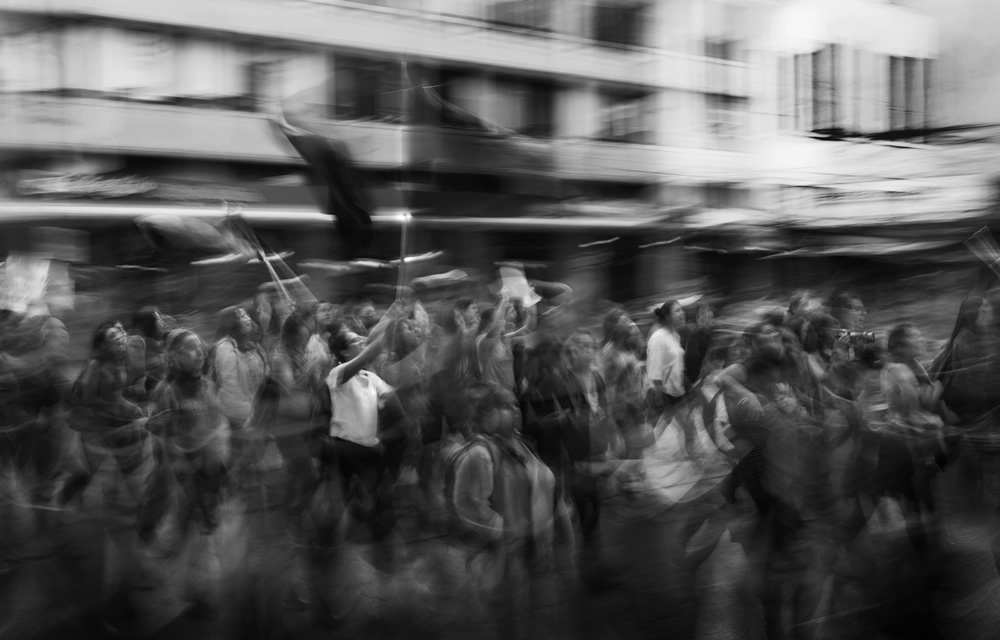
What is your opinion about documentary photography? Do you like it? If yes, why?
I love this style of photography, with street photography are my favorites, seeing a whole story behind the images is incredibly satisfying, I see it as a series of the street.
The light, decisive moment, content, ambiance, good gear, according to you which is the most essential element in photography?
My vote is for the ambiance, I can have the best camera with the best light but without that “ambiance” I do not take the picture, without feeling the connection, I think it is not good to shoot. A good camera helps a lot but with a basic camera, you can achieve fantastic things and the issue of light if you know how to use the parameters well you will not have problems.
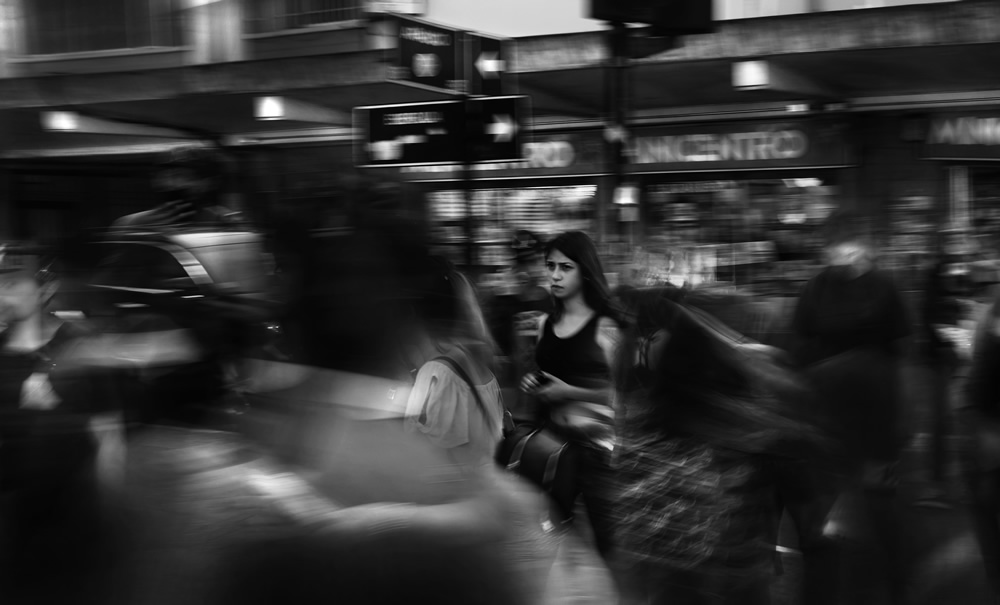
Are you associated with any particular brand or brand ambassador if yes, specify?
I am currently working with Fujifilm Chile, not as X photographers but as “Ambassador Fujifilm Chile”. It is a dream that I recently fulfilled this year, when I started with my first compact Fujifilm x10 I always wanted to be part of Fujifilm. In my case it was and remains very difficult since Fujifilm Chile is only interested in the photographers who live in Santiago, the capital of my country, I live in the south of Chile and this complicates them a bit. I would love to be able to live somewhere else where they appreciate my work well.
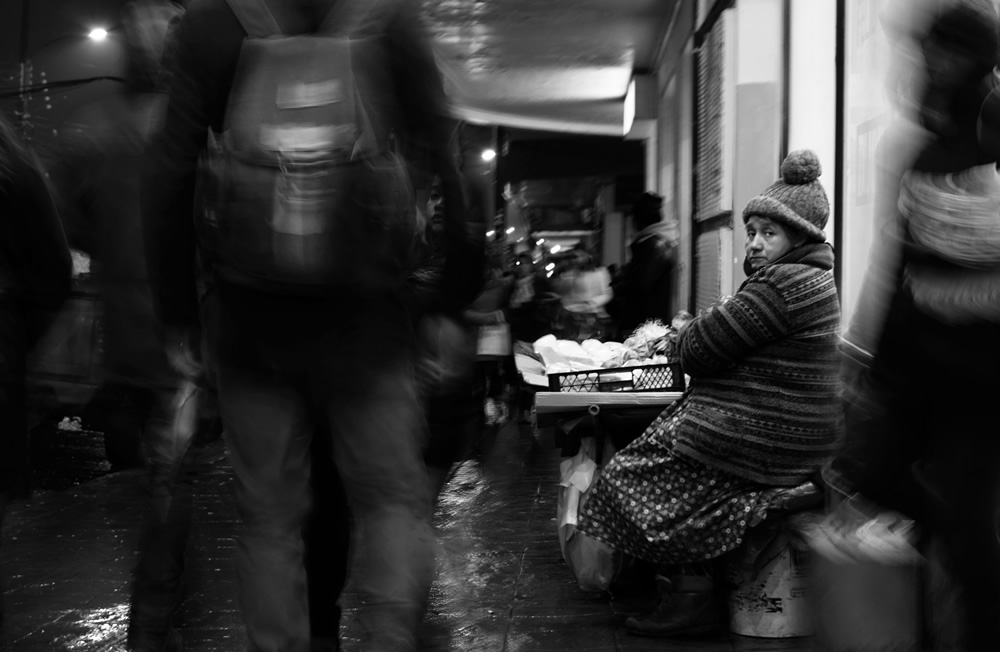
Do you feel any pressure being an ambassador of any brand? If yes, how do you cope up with the pressure? Does this tag help to get more audience?
I really don’t feel any pressure, just being me and being active in the world of photography, I don’t have any more cameras but I don’t think it’s a nuisance for Fujifilm either.
If you were not a photographer then What it would be?
Painter, designer, or architect, I love the mix of these disciplines, and since I was a kid I wanted to be a painter, something that I do not discard for later. I also went through these two careers in Graphic Design and Architecture but I was not mature enough to finish them. On the one hand, I am glad because they were decisions that led me to choose photography and I am very happy.
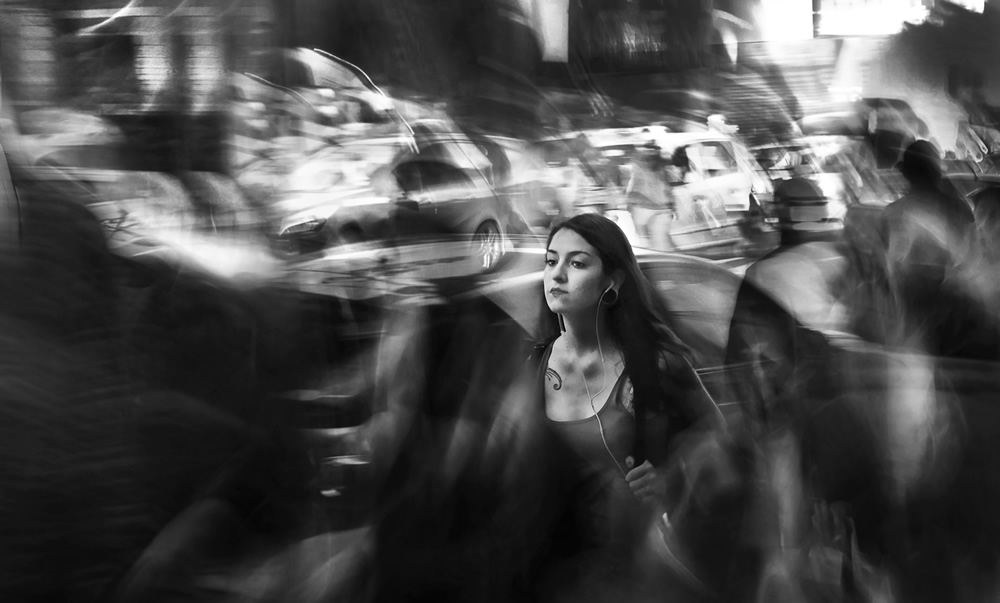
Concepts and definitions in photography are getting changed every day. what is your opinion about the future of photography?
I think that with all the technology that currently exists, it is almost impossible to make a “bad” photo, with the time I think that people who really love photography will return to analog cameras and leave the digital part for amateurs and commercial photography.
Which food do you like the most? Does it help you to explore more?
The truth is that I am very basic in the food I do not like mixing flavors very much, I always separate everything for example if there is meat with potatoes first I eat meat and finally potatoes to not mix the flavors of each food. I always prefer the sweet before the salty, and my favorite foods are lasagna and everything that has sugar and is made with love.
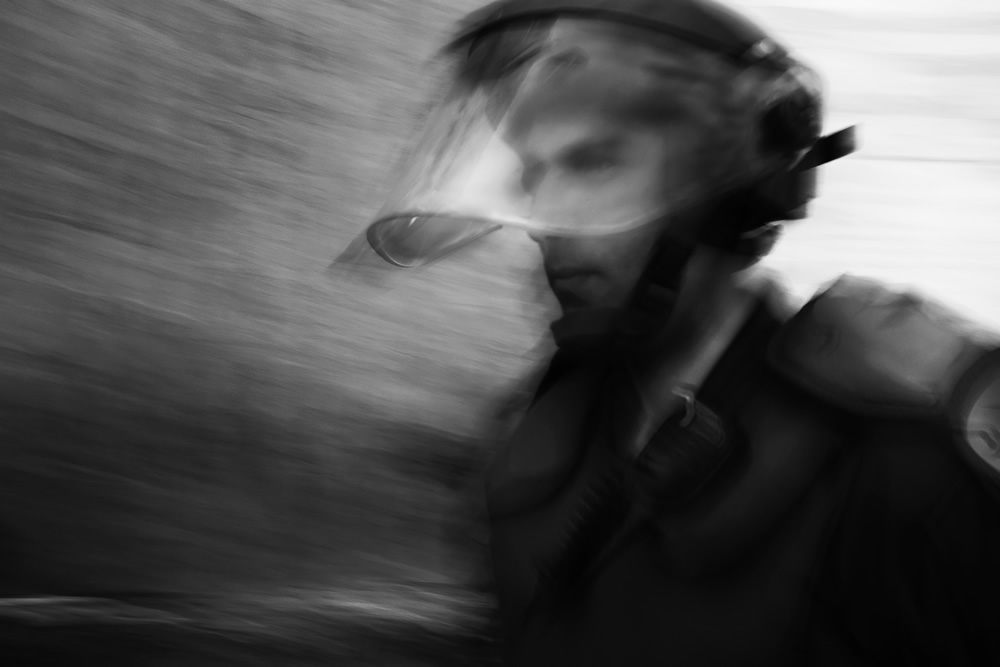
Any message for the young photographers?
Yes, study hard, and dare to break the rules, do not get pigeonholed by someone else and create different things, lose the fear of failure and enjoy each capture.
Are you engaged in any project-based work?
I am currently working on the first book of my series “The sound of silence”. In December of this year, I will launch it in my city, Valdivia, I could carry out this Project thanks to the Conarte Prize from the CCM Valdivia, since I applied for the contest and won one of the funds for photography, I am very excited and a little busy with this, it will be my cover letter and I hope to send copies to many parts of the world. I also have several projects in mind that I intend to start when my book is almost ready.
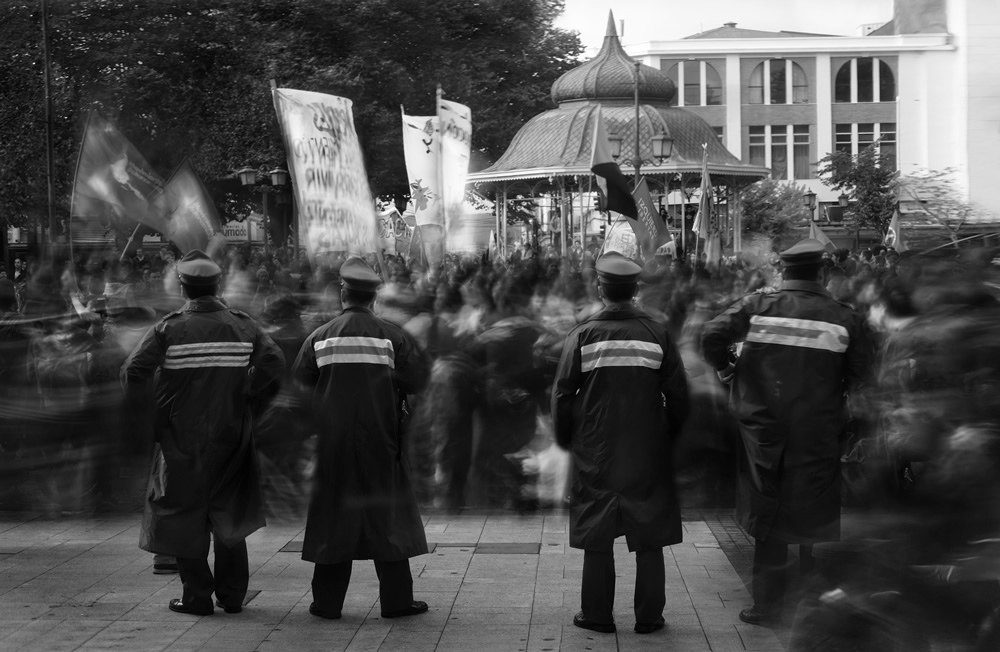
What is your big achievement in photography?
My greatest achievement is to be able to publish a book and be a Fujifilm ambassador, all this thanks to the publications I have in other countries, to apply for the Conarte you need studies and I did not have many but I compensated with my CV, all publications helped me enough to win.
According to you what is the best photography magazine?
My favorite magazine is “Soul of the street” Germany They had the time to send me a printed copy of the magazine and all the time it took to be able to do the interview and translation since I am very bad writing in English. And also since they are a magazine that is not interested in the camera that uses the photographer, they look for the philosophy and life (https://www.soulofstreet.de)And I also love FujifilmXpassion Magazine www.fujixpassion.com
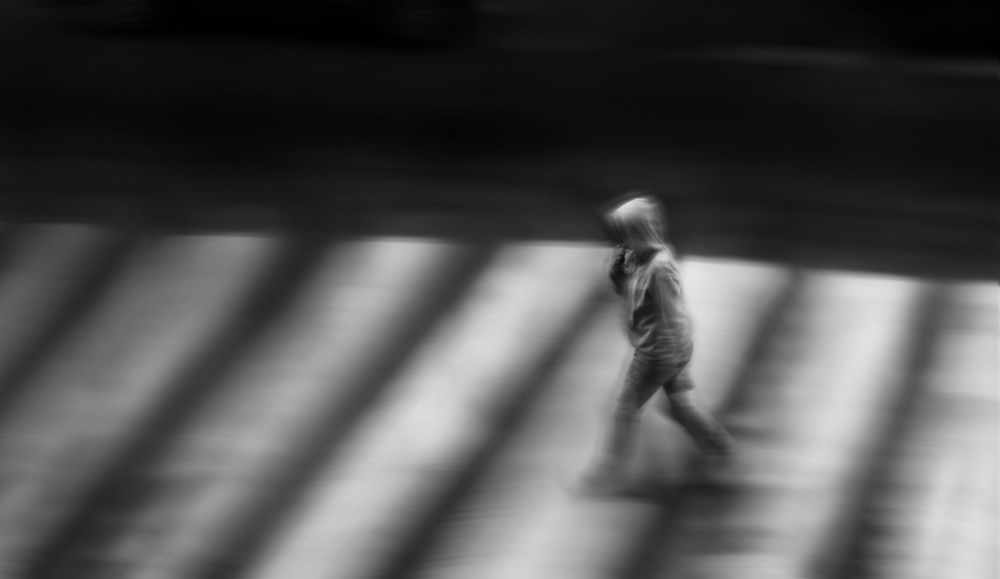
Kindly share the top five Instagram account everybody should follow?
- @fujifilm_street
- @fujifilmx_au
- @eyeshot_magazine
- @photographizemag
- @lensculture
Share your goal in photography?
For next year I would like to be able to travel to a country where the people appreciate my photos and made an exhibition, projects with more photographers, meet new people, and change my scenario. Also to work with people from other countries in a magazine about photography, I think it is one of my dreams that I still do not fulfill. And finally being an X photographer but selected by Fujifilm Japan (This cannot be done since each country selects its X photographers).
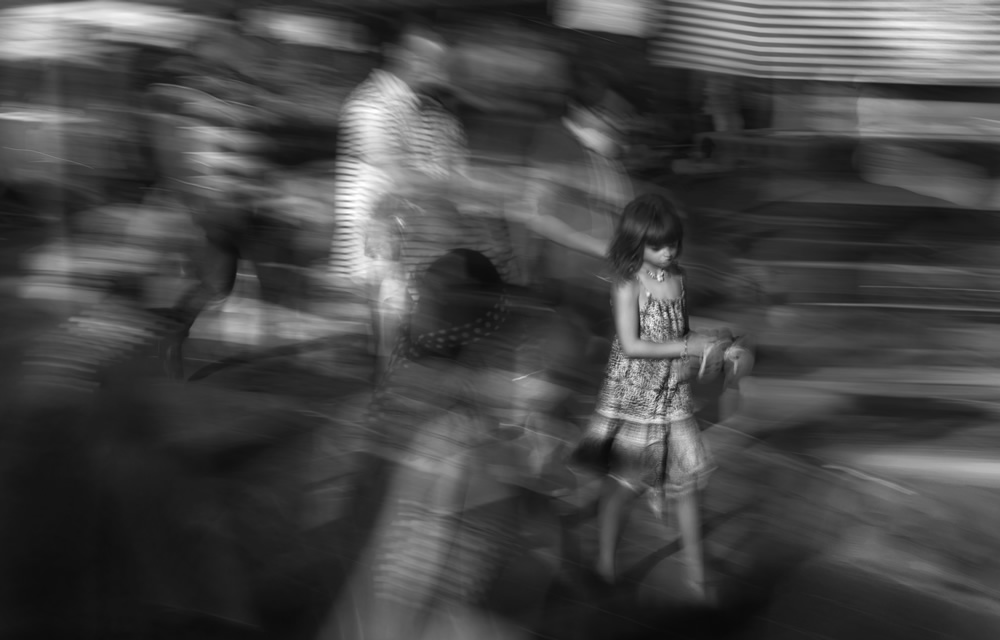
Role of a smile in photography- share your views
The smile is the best power of photography, there are people who feel uncomfortable when you take a picture of them, they think you are a kind of psychopath but when you smile everything changes, some come to talk and others just smile back.
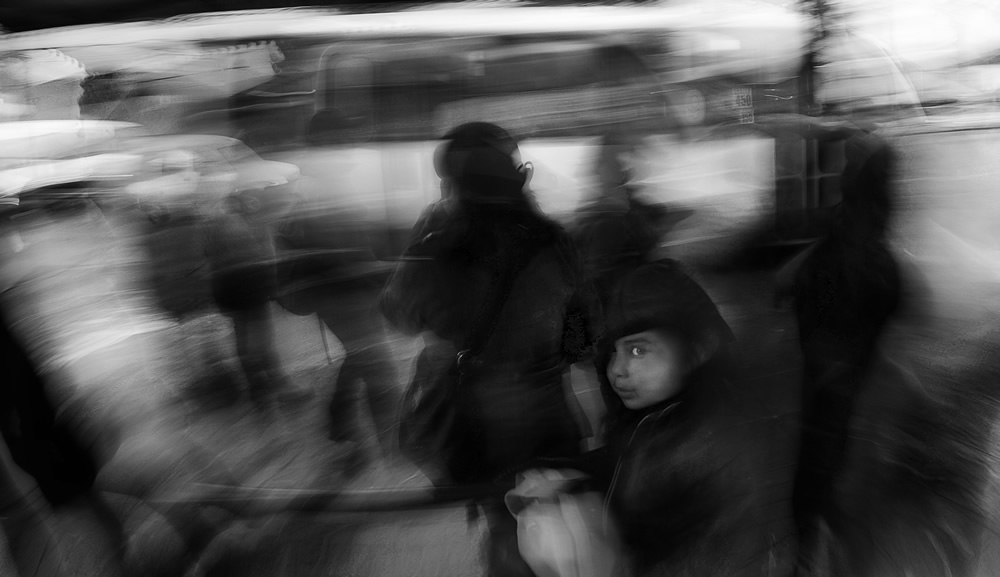
You can find Eduardo Asenjo Matus the Web:
About Raj Sarkar
Raj Sarkar is a Street Photographer and Educator. He holds MBA Degree in Finance and Post Graduate Diploma in Computer Application. He is the founder of World Photographic Forum, and Curator of APF magazine Street Photography. He loves exploring possibilities on street. His main object is to Freeze the emotions and actions of people.
He delivers the lecture on photography in various Colleges and institutions like IIM (Indian Institution of Management), Union Chappell school etc. He also conducts countless workshops on street photography. He also curates’ various exhibition and he has also been appointed as a judge in the various competition.
Raj is a recipient of various awards, recently he has won the International Puskar Mela Contest, Winner Wiplay Photo contest “India in Color”. Finalist of Garuda World Photo contest and HIPA and his work has been exhibited worldwide. He reviews various gadgets and camera including Fuji x camera for Fujifilm. His article has been published in all renowned magazine and websites in the world like Fujilove, Street Photography Magazine, USA, Viewfind, APF Magazine, Smart Photography, Better Photography, Asian Photography, Chiiz magazine, Saveus, 121 clicks, National Geographic and more. Recently his photographs have been showcased in London Street Photography Festival and Indian Photo Festival.
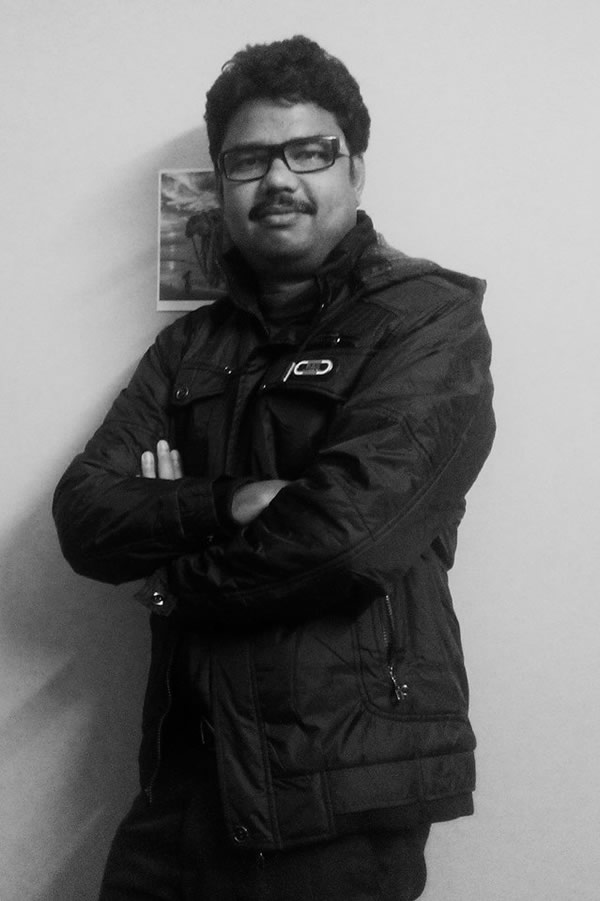
You can find Raj Sarkar on the Web:
Copyrights:
All the pictures in this post are copyrighted to Eduardo Asenjo Matus. Their reproduction, even in part, is forbidden without the explicit approval of the rightful owners.

